[ad_1]
As stated numerous times on here, IMHO Northern Ireland’s greatest advantage (long since squandered) and to a lesser extent the republic’s was (is…?) how far behind the curve of modernity we are (were).
When plans for new-fangled shiny baubles such as ‘hypermarkets’, retail parks, drive-thrus and MASSIVE pubs were being submitted by developers all we had to do was send out a few fact finders to places where such things are popular and uncontrolled e.g. the USA and Canada (and Belgium) and to places where they are controlled like the Netherlands.
“So troops, what did you like about the motorway-retail park-Parkinglotopolis of Alberta, Canada?”
“well, you could get around the place wile handy, when it wasn’t rush hour”
“and what did you not like about it?”
“I wanted to slash my wrists from the boredom after 4 days, there’s few wee shops or parks and hardly any nice old districts to walk about in and everything looks the same, but in a modern way, not like an old city way…”
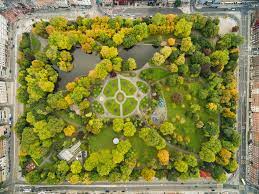



St Stephen’s Green, Dublin Edmonton Suburbs, Alberta
But instead we just embrace these ideas and now we have places like Cookstown and Ballymena;
They all have retail parks close to the town centre but not close enough to merit cross pollination of footfall. So the towns get lots of traffic but the centres get only a fraction of the footfall.
Another idea we’ve embraced is that of tacking-on estates to the periphery of a town and hoping it won’t make traffic worse (which it usually does).
On a traffic choked bus journey into Dublin city centre (from Wexford) I observed the masses of suburban developments with a sense of horror: wave after wave of sterile developments lurking by a bus stop. You live there, you commute, you shop elsewhere, you expire.
Then as the bus approached the city centre you came to the Victorian (?) townhouse areas.
Then to the Georgian era squares; 5 storey buildings overlooking greenery. So you have population density, greenery and amenities nearby. No one loses in this scenario.
My query is why did this model stop?
Or indeed the various other models that came afterwards such as the old Victorian red brick terraces (OldVicRedBric) or the Yugoslav new towns or as our very own Mimi pointed out German 19th century town planning (or even the 19th century Habsburg identikit town plan that was rolled out to every newly acquired territory)
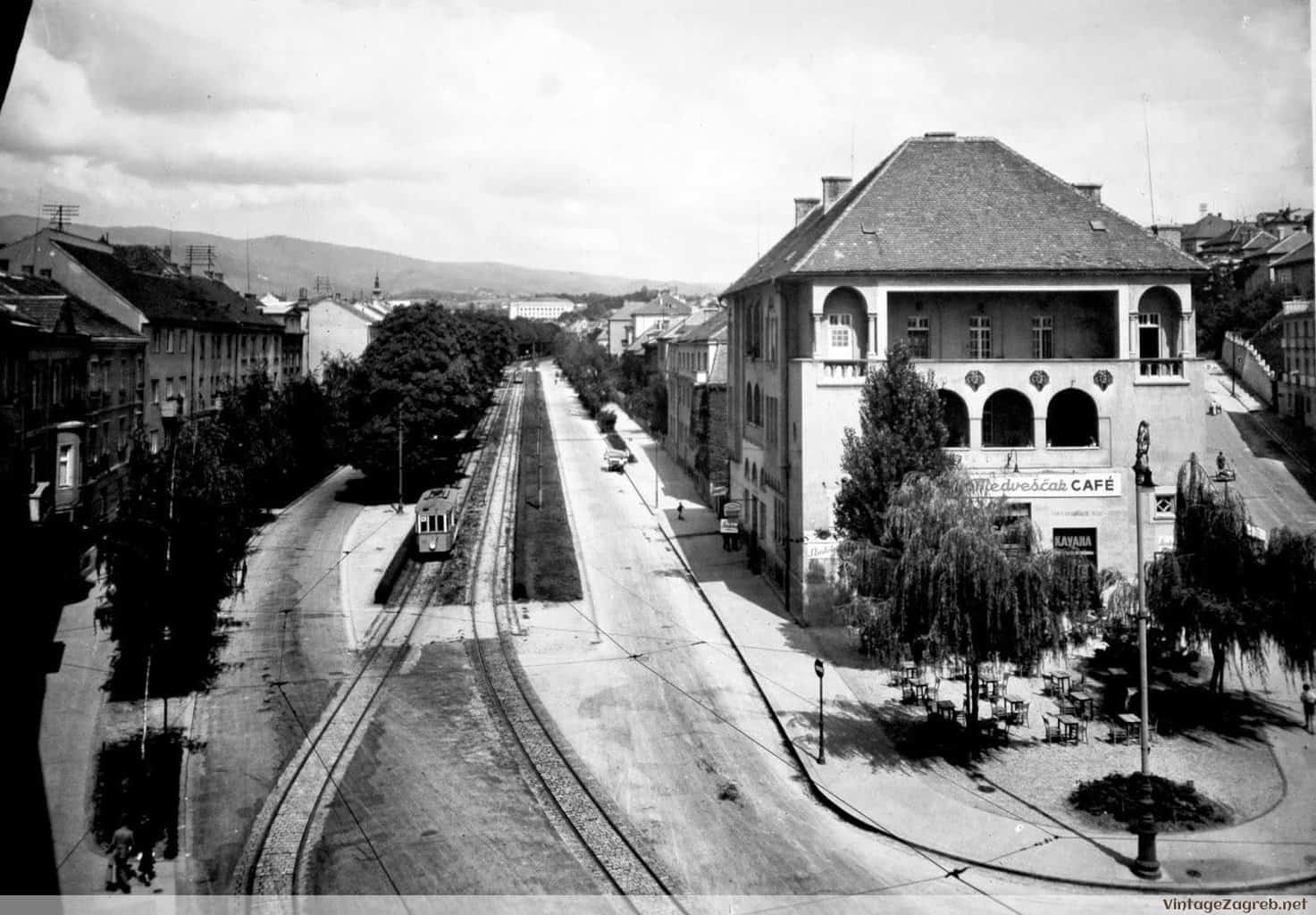

This is the road Medvescak (“Medvesh-chak”) in Zagreb, the main thoroughfare from the city centre to the mountain. Tree lined, tram lines in the middle, bike paths on the wide pavements, lots and lots parking (between the trees on the left side of the picture). Villas and apartment blocks abound.
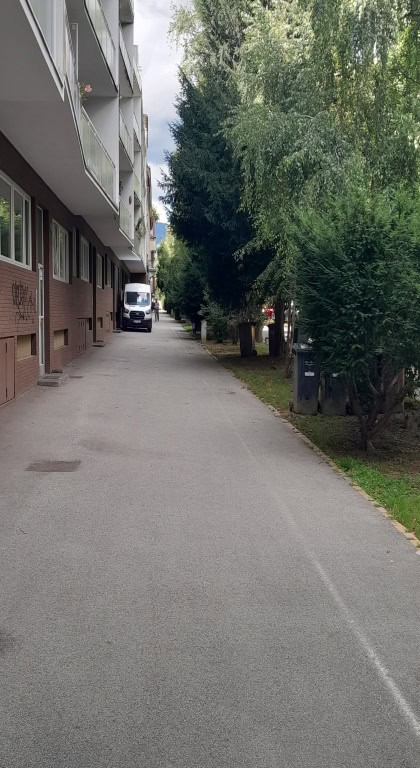

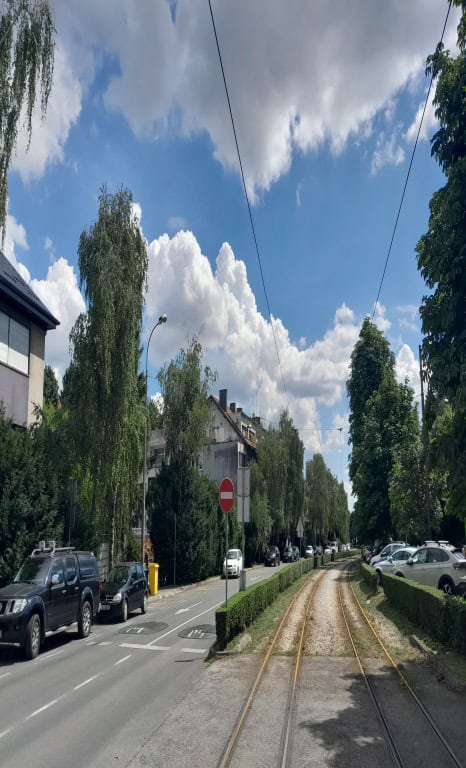

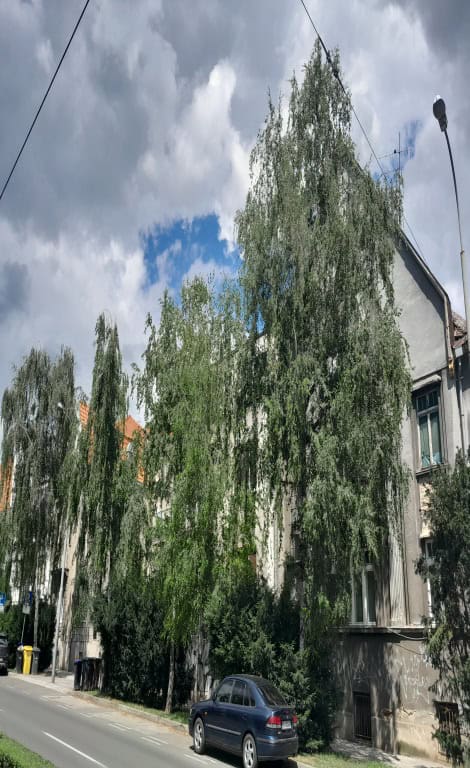

Figure 1 – West side, central part and eastern side of Medvjescak thoroughfare
Modern Merrion?
Now, let us apply the fashions of the day to town planning.
We want greenery, supposedly an environmentally friendly aspect, cycle paths, public transport and cars, yes?
In which case I submit that we re-examine boulevards & squares as a model.
Simply put, long and wide straight roads with tree-lined pavements and tree-lined central reservations with room for parking, pavements, cycle-paths and trams/bus lanes.
Have long 5/6/7 storey terraces flanking them (or even villas?) with trees on the pavement side.
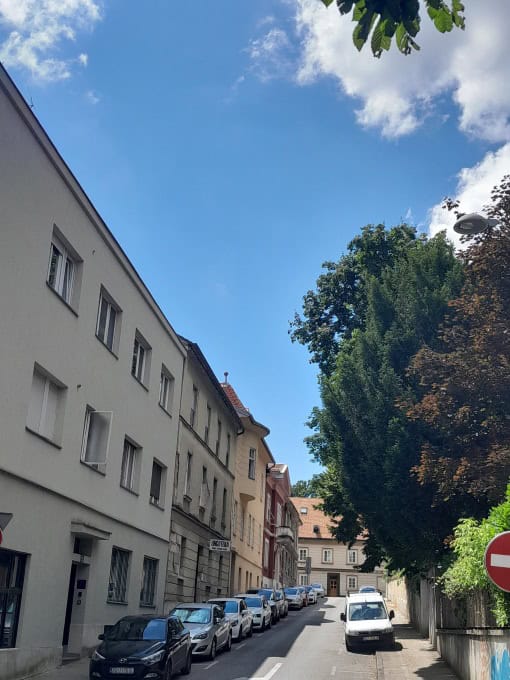

Figure 2 – Street running off of Medvescak
Off of each side street have more terraces, town houses and parks (and maybe a few crescents).
And have a really big park for every X amount of square km of housing.
This way we have it all; cars for those who want them. Uninhibited public transport (dedicated tram/train/bus lanes down the TREE-lined central reservation).
Trees (and more trees). Cycle lanes. Pavements.
The place would be densely populated but still nice and green.
And the density could be varied so as not to be so Soviet. Zagreb’s Medvescak boulevard has a long line of villas on one side and lots of apartment buildings on the other, it’s not all commie-‘commodation.
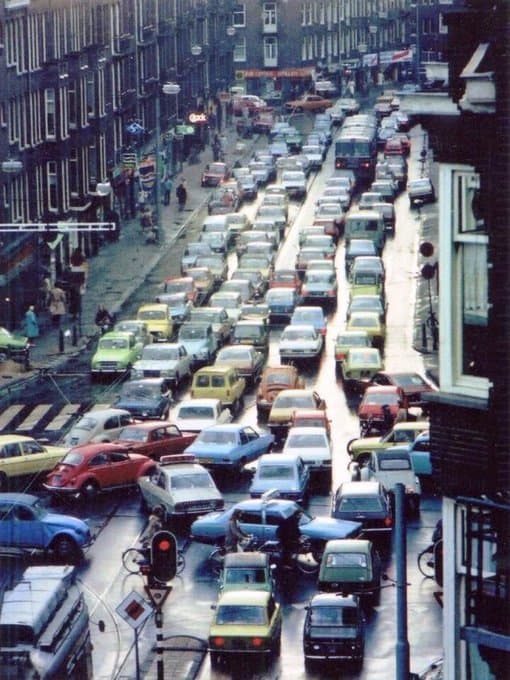

Amsterdam before bike lanes
In fact, all styles could be catered for; shiny glass and steel for architects and modernists and clay red-bricked delights for old fashioned fuddy-duddies such as myself (I hear MGAD86 groan at the prospect), damn it, even a faux art deco quarter.
AND parts of the matrix could still be the meandering mazes of squiggly-roaded cul-de-sac semi detached named after trees that were chopped down to make way for their building.
Or even a grid handed over for a mansion & park or the opportunity to retain farm buildings that are often gobbled up by urban sprawl.
The opportunities are vast because the plan offers so much more than the current ‘insert unplanned mess here’ approach.
We spend an awful lot of time discarding the visions of others while failing to realise that we can actually accommodate most of them simultaneously.
Our bigger towns are now at a size that would’ve warranted a tram network in bygone days. While this might not be economical now, nonetheless there should be alternatives to car dependency, even just standalone bus lanes with cycle paths.
We now have the luxury of hindsight and should use it to incorporate the best elements that the past has to offer, whether this be faux Art Deco, cobblestones, crescents or even cheap 1920’s trams (think about it, why do we really need space age trams when old school ones could suffice?)
Finally, as an exercise, if ever you fly into George Best airport look down and Belfast and decide where you think she becomes ‘ugly’; would you say it’s at the beginning of the OldVicRedBric terraces?
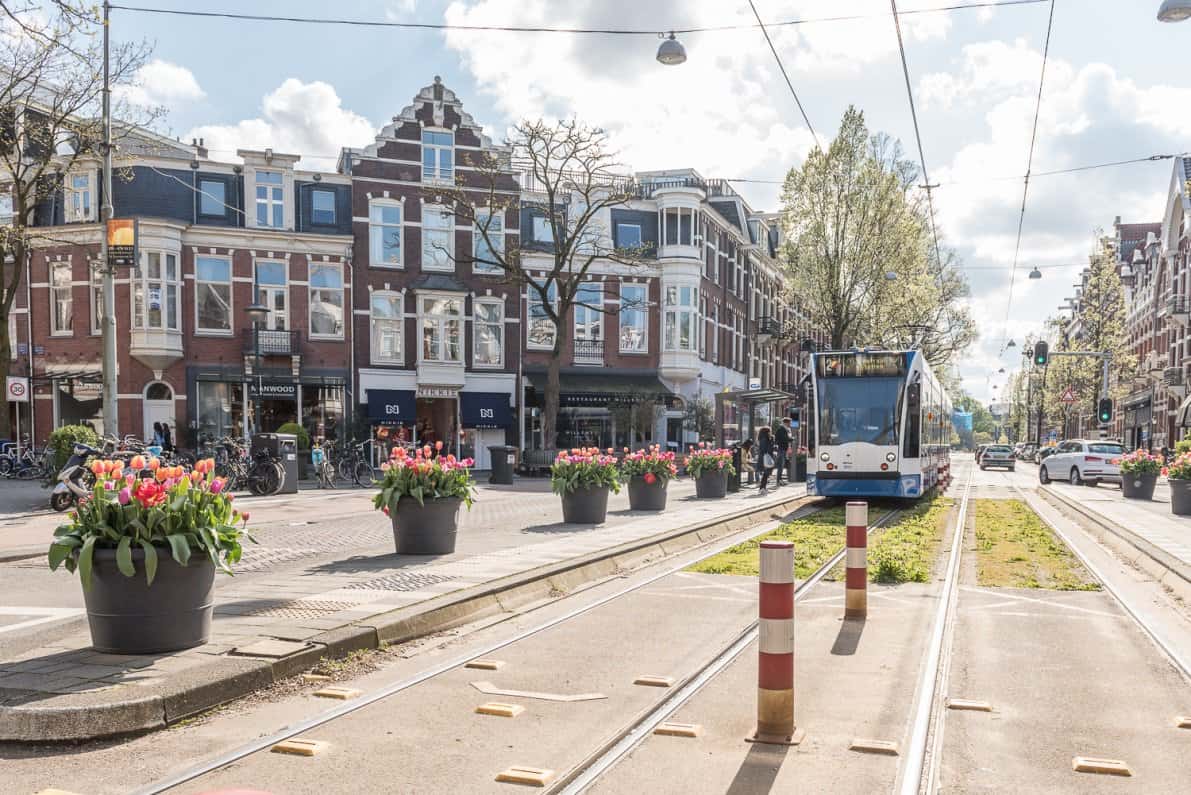

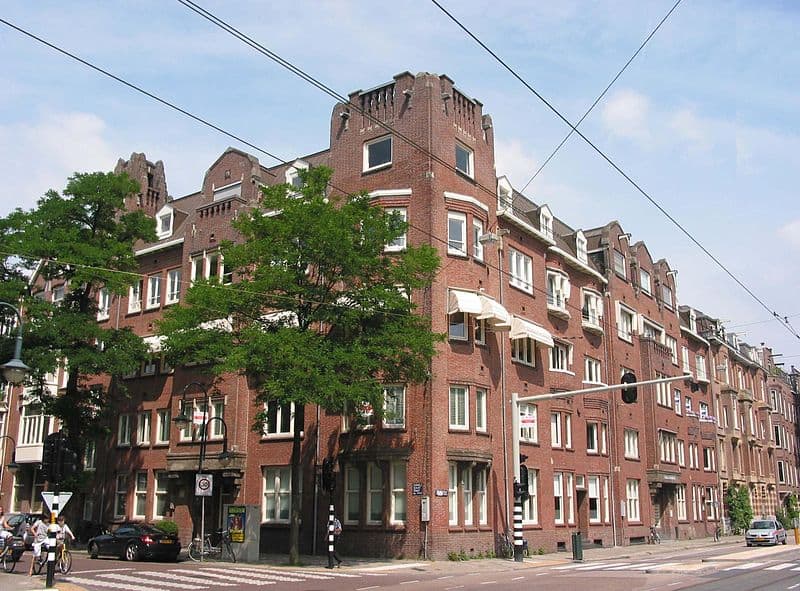

Cornelius Schuytstraat, Amsterdam
Found way down the food chain, a ‘middle of the road’ creature that is attacked by creatures from either side of the political jungle, from the bottom feeding ‘Republicanus hypocriticus’ better known as the ‘common shinner’ to the chameleonic ‘Unionisus opportunitisticus’, better known as a ‘Dooper’.
Known to feed on single celled organisms such as ‘Rangerophilus fanus’ and ‘neque Deditionem’ better known as ‘no surrenders’ and occasionally surfacing during rutting season to lock horns with ‘MOPEus Eternus’, better known by their moniker ‘MOPEs’.
Discover more from Slugger O’Toole
Subscribe to get the latest posts sent to your email.
[ad_2]
Source link



